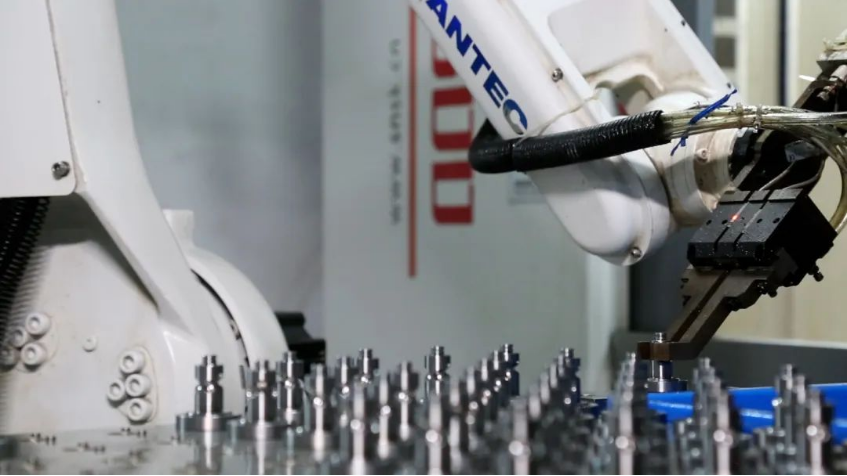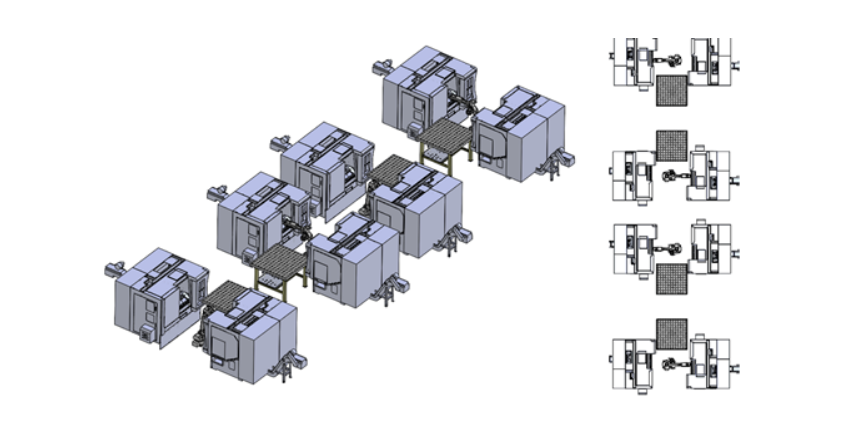 LEANTEC
LEANTEC  2336
2336
Introduction
The application of Leantec robots in the processing and manufacturing of the power tool industry has enabled the entire factory to reduce labor costs by about 80% and increase production capacity by 20%, achieving the goal of automation to reduce operating costs and increase revenue.
In recent years, in the face of recruitment difficulties and rising labor costs, many companies have turned to the road of industrial automation transformation. Let Leantec takes you through the perspective of a successful case of automation transformation and upgrading of a well-known power tool supplier, and feel the charm of automation together.
01
Background
Whole plant automatio
In recent years, with the rising labor costs and the need for more lean production, automation has become a watershed toward transformation. Through continuous exploration, they found an opportunity for the automation of the whole factory. At present, they have launched an in-depth robotic arm cooperation with Leantec and have fully realized the automation of the CNC equipment in the whole factory.
02
Benefits
Reducing staff, increasing efficiency
What are the benefits of introducing automation?
The owner said that presently, an operator used to take care one unit(2 machine tools), but now can take care 7 units(14 machine tools), which not only reduces the labor cost by 80%, but also increases the equipment utilization rate by 8%. The overall production capacity is enhanced by 20% and realizes 24-hour non-stop production.

For small and medium-sized enterprises, the investment for automation is much more cautious, and what kind of plan can maximize the income is the most important issue. From the perspective of input-output ratio, Leantec provides customers with a unitized solution for the whole plant. Not only is the investment return period short, it can also quickly improve the overall production efficiency.

03
Unitized Automation Advantage
Short lead time and high input-output ratio
1
High input-ootput ratio
High input-output ratio, short payback period, and subsequent conversion to fixed income.
2
Short lead time
The unitized production cycle is short, and standardized installation and tuning can be realized, and the unit can be put into production within one week.
3
Units do not interfere with each other
The units do not interfere with each other, and the impact of the downtime of each unit on the entire line is minimized.
